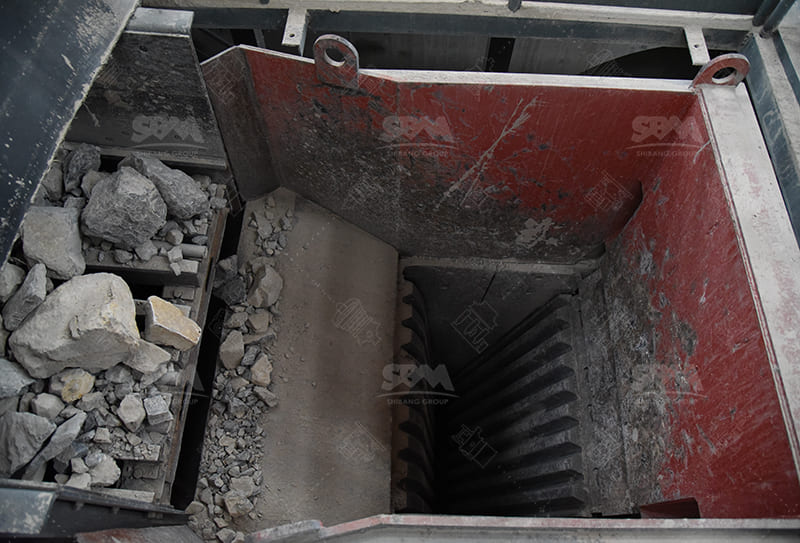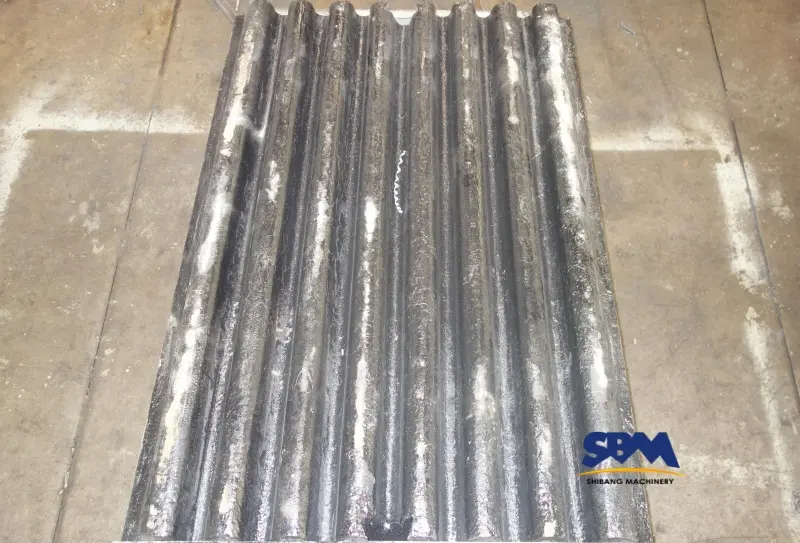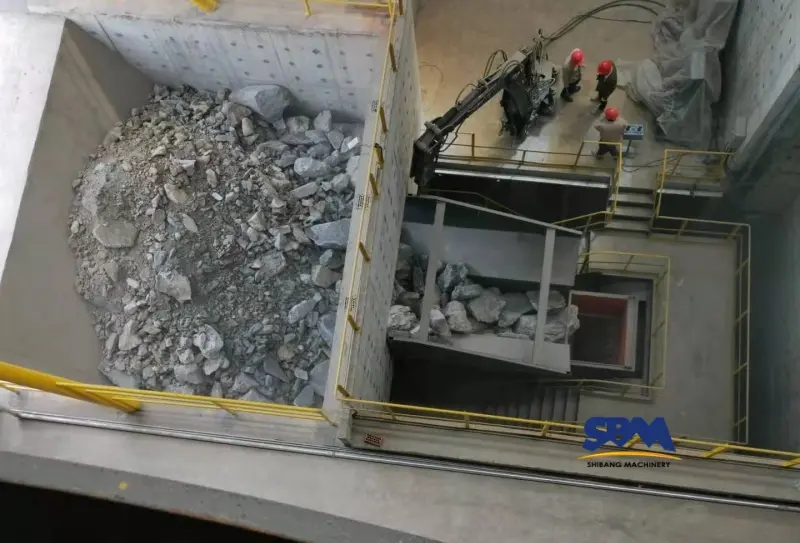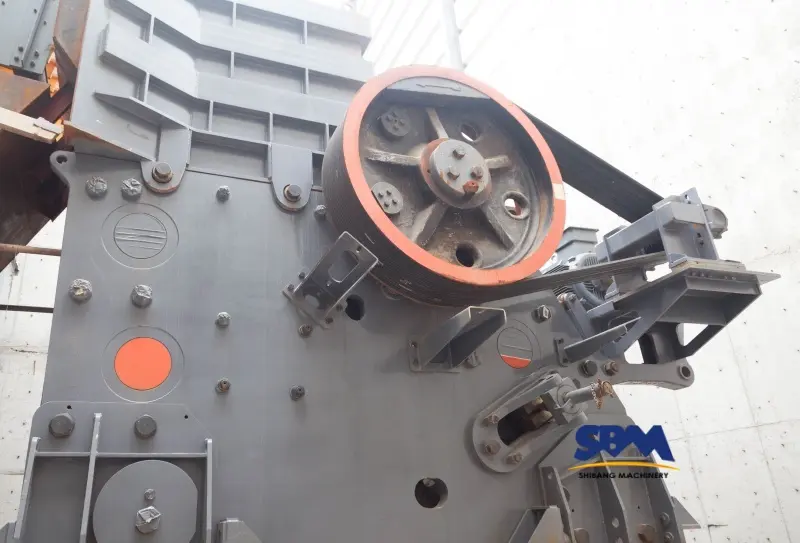Email: [email protected]
What is jaw crusher operation?
Jaw crusher operation involves the crushing of hard and abrasive materials. A jaw crusher is a machine used to break large rocks or ores into smaller pieces. It usually consists of a fixed plate (called a jaw plate) and a moving plate (called a swing jaw plate or toggle plate). The swing jaw moves back and forth and generates strong pressure to crush large rocks or ores. It is widely used in various industries such as mining, quarrying, construction and recycling.

The operation of jaw crusher
The operation of jaw crusher includes the following steps:
Raw material feed
Raw material (material to be crushed) enters the crusher through a designated opening (feed chute or feed hopper). The size of the feed material varies, depending on the technical parameters and capacity of the crusher. Control the feed speed to prevent overloading of the crusher. Otherwise, the crushing efficiency of the crusher will be reduced and the wear of the wearing parts of the crusher may be accelerated.
Crushing rocks or ores
Jaw crusher has two main components: fixed jaw and movable jaw. The fixed jaw is stationary, while the movable jaw moves forward and backward or up and down. The way the movable jaw moves depends on the type of jaw crusher. The rock or ore to be crushed is clamped between the two jaws. When the movable jaw moves, it exerts pressure on the raw material, causing it to break. The size of the crushed product is determined by the gap between the two jaw plates. The smaller the gap, the smaller the product size.
Adjust the jaw crusher settings
The gap between the jaw plates of the jaw crusher is adjusted to control the size of the crushed material. This setting determines the size of the crushed product. Increasing clearance usually results in larger product size. And reducing the gap results in smaller product sizes. The adjustment mechanism varies according to the design of the jaw crusher. But the usual operation is to adjust the screws, spacers or hydraulic system.
Discharging of crushed stone
The crushed material is now in smaller pieces. These fragments fall through the gap between the jaw plates and are discharged from the crusher through an opening called a discharge port or discharge chute. The size of the discharge volume is determined by the size of the jaw plate gap.
Jaw movement
In jaw crushers, the movement of the movable jaw is usually achieved through a variety of mechanisms. In some jaw crusher types, an eccentric shaft or toggle mechanism converts the motion of the movable jaw from rotational to reciprocating motion. The power source of the eccentric shaft or toggle mechanism is an electric motor or engine. These mechanisms move the movable jaw back and forth or up and down.
Crushing efficiency
The crushing efficiency of stone crusher is affected by many factors. Rock or ore type, feed size, jaw clearance settings are all included. In addition, these factors include crushing chamber design and crusher eccentricity.
Maintenance
Regular maintenance is essential for the efficient operation of your jaw crusher. When the crushing efficiency of your crusher drops to a certain level, you need to consider maintenance. There are many ways to maintain the crusher, including proper lubrication, inspection of worn parts, and regular replacement of worn parts. Regular maintenance of your crusher is essential to ensure smooth operation and prevent unexpected breakdowns.
Headquaters Office
Whatsapp:+8615225176731
Email: [email protected]
Address: No. 1688, Gaoke East Road, Pudong new district, Shanghai, China.
Website: https://www.mill-sbm.com/
Article Contents
Recent Posts
- What are the causes of damage to the jaw crusher plate?Because it is under tremendous pressure during material processing, there are many causes for the damage of the jaw crusher plate. Understanding why they degrade prematurely can save costs and…
- What is the ideal jaw crusher for granite crushing?Granite’s relentless toughness demands jaw crusher built to endure—think armored jaws and unyielding frames. Prioritize crushers that combine brute force with precision engineering, like heat-treated alloys and adaptive crushing chambers.…
- Jaw Crusher for Limestone Processing: A Guide to EfficiencyAs limestone is widely used in construction and industry, its processing requires strong and durable jaw crusher to meet the needs of the industry. Among the many crushers, the jaw…



